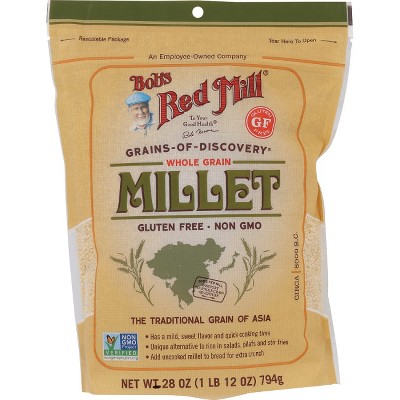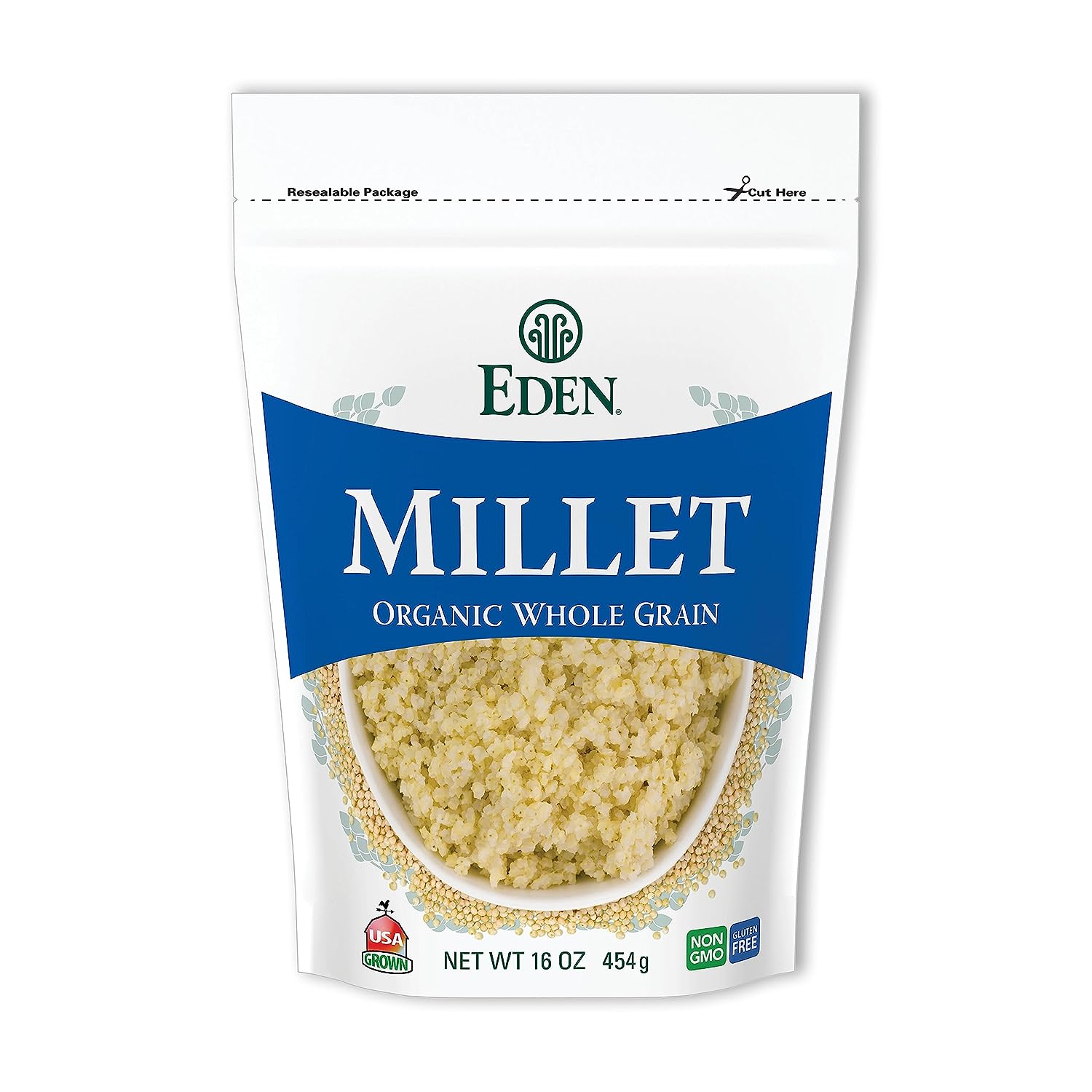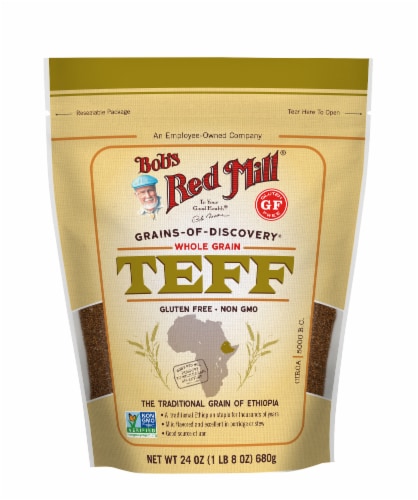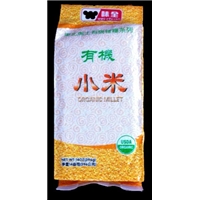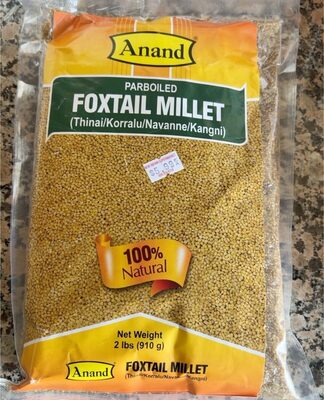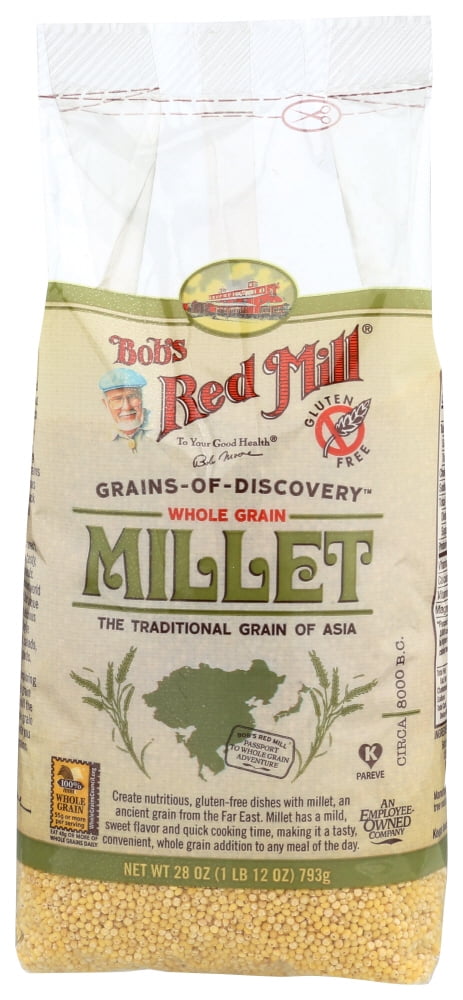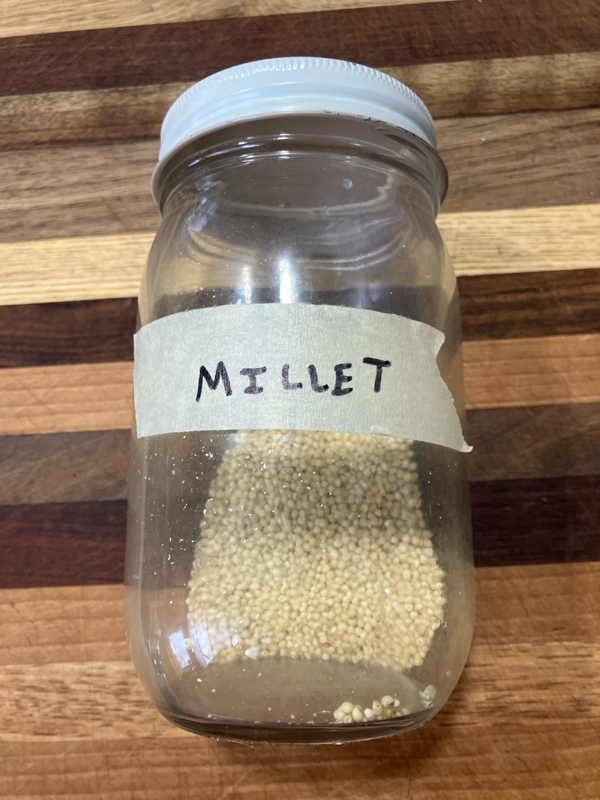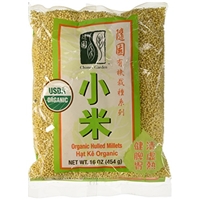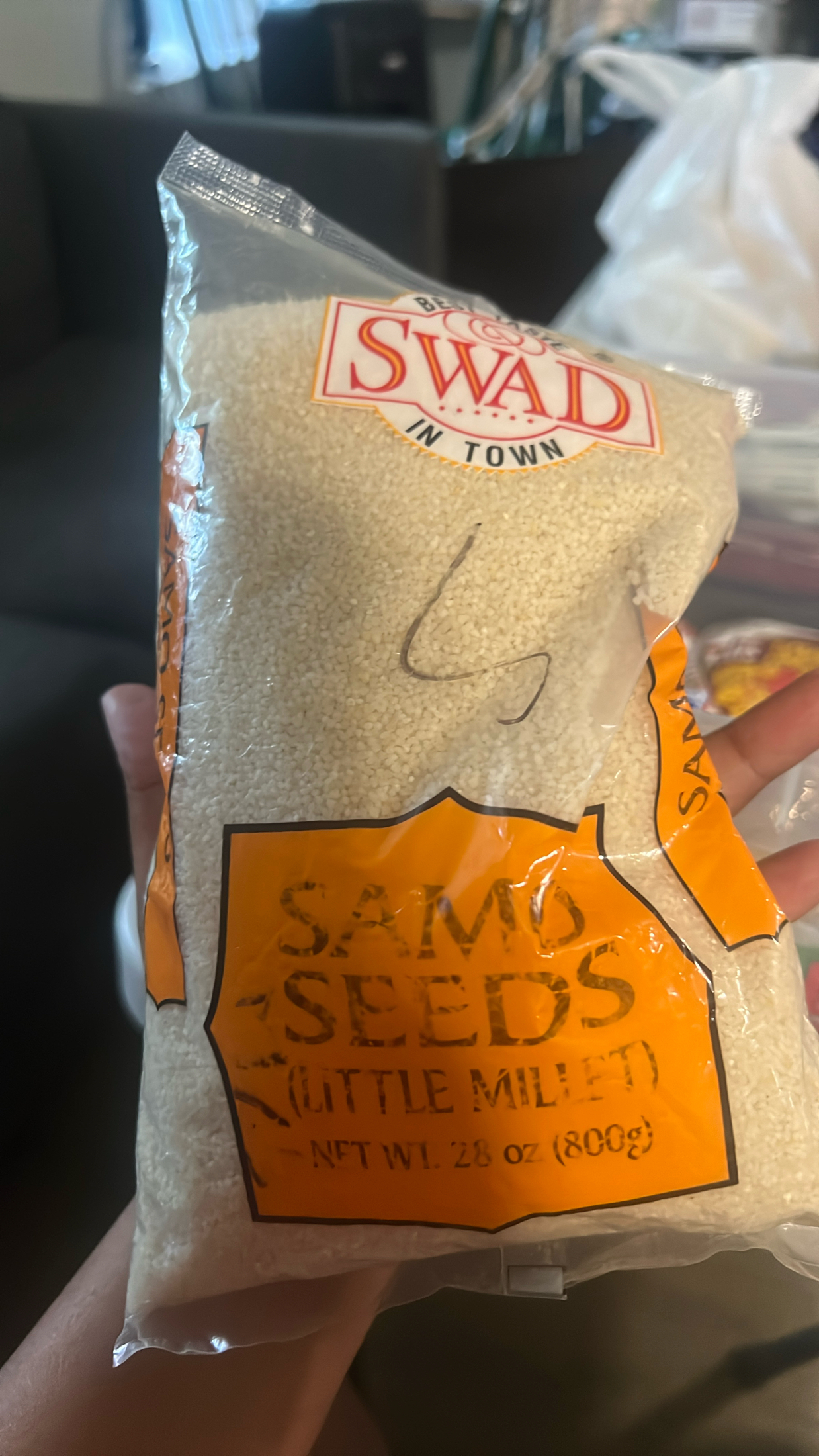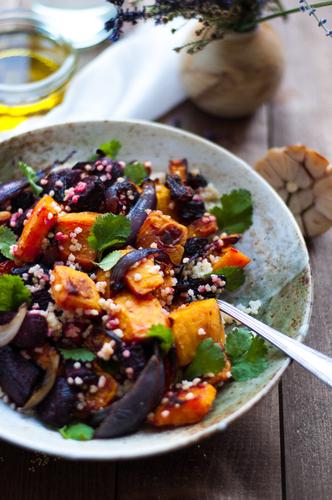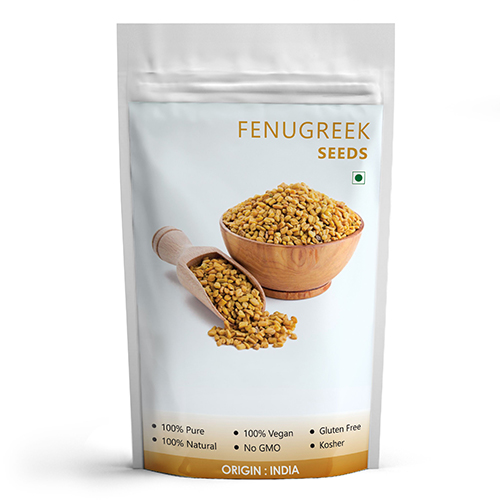SALADS
SIDE DISHES
MAIN DISHES
Millet
Millet is a nutritious, ancient whole grain that has been a staple in the diets of various cultures for thousands of years. Known for its small, round seeds, millet is rich in nutrients such as fiber, protein, vitamins, and minerals, and has a nutty, slightly sweet flavor that complements both savory and sweet dishes.
Millet is a versatile grain suitable for various culinary applications such as making porridge, salads, pilafs, and even desserts. Gluten-free and easily digestible, millet is a popular choice for those with wheat sensitivities or those seeking to diversify their grain consumption.
83%
CARBS
5%
FAT
13%
PROTEIN
138 Millet Products
Used In 1 Recipe
Millet Is Frequently Used With
Millet FAQ
Millet is an incredibly versatile and nutritious grain, but people often get stuck with understanding how to use it beyond the basics of porridge or a rice alternative. The most common mistake that people make when cooking with millet is not washing the grain before cooking which leaves a bitter aftertaste. Washing removes the natural protective layer, which can have a slightly bitter taste. Toasting the millet is another frequently overlooked step – by doing it, you'll enhance the nutty flavor of the grain. When it comes to getting the most out of millet, don't limit its use to just 'sides'. Use it in salads, as a stuffing, in stews, desserts, and even beverages. You can also grind it into a flour and use it as a gluten-free flour option in baking. Experiment with different spices and flavors - millet goes well with a wide variety of flavors. One lesser-known tip about millet is that you can control the texture of your cooked millet by adjusting the amount of water you use: use less water for a grainier texture and more water if you prefer a creamier dish.
How do you cook millet?
Do I need to soak millet before cooking?
Can you eat millet raw?
Can you pop millet like popcorn?
Is millet good for weight loss?
Can you substitute millet for rice?
Can I use millet flour in baking?
Why is my cooked millet mushy?
How can I add flavor to millet?
How to make millet porridge?
Expiration & Storage Tips
When does millet expire?
Unopened, millet can last for up to a year when stored in a cool, dry place. Compared to the printed date on the package, the millet is still safe to consume as long as the packaging remains intact, without signs of moisture or pest infestation. Once opened, millet should be used within 6 months, though it may last longer depending on its storage conditions. Freezing millet is not a common practice, but if you opt to do it, cooked millet can be frozen and used within a month.
How do you tell if millet is bad?
Spoiled millet generally has a stale or unpleasant odor and may have changed in color. You might also notice that the grains have become excessively hard or damp or there's evidence of insect infestation. If you see tiny bugs or moths, or their larvae or eggs, that's a sign of infestation.
Tips for storing millet to extend shelf life
• Store millet in an airtight glass or plastic container in a cool, dry, dark place.
• Due to its oil content, millet can become rancid if stored improperly. Rancidity could be prevented by refrigerating the grain.
• If you frequently use millet, consider buying small quantities and using it within a few weeks to ensure you're always using fresh grain.
• If you have cooked millet leftover, store it in the fridge, ideally, in an airtight container. It should be fine for a couple of days.
• Never store millet, or any other grain, near cleaning products or strong-smelling items. Grains are highly absorbent and might take on the unwanted odors.
EXPIRES WITHIN
19 - 29
MONTHS
Health Info
Macros
145g
CARBS
8g
FAT
22g
PROTEIN
Allowed on these diets
LOW FAT
HIGH CALCIUM
VEGETARIAN
MEDITERRANEAN
LOW CARB
VEGAN
LACTOSE FREE
GLUTEN FREE

